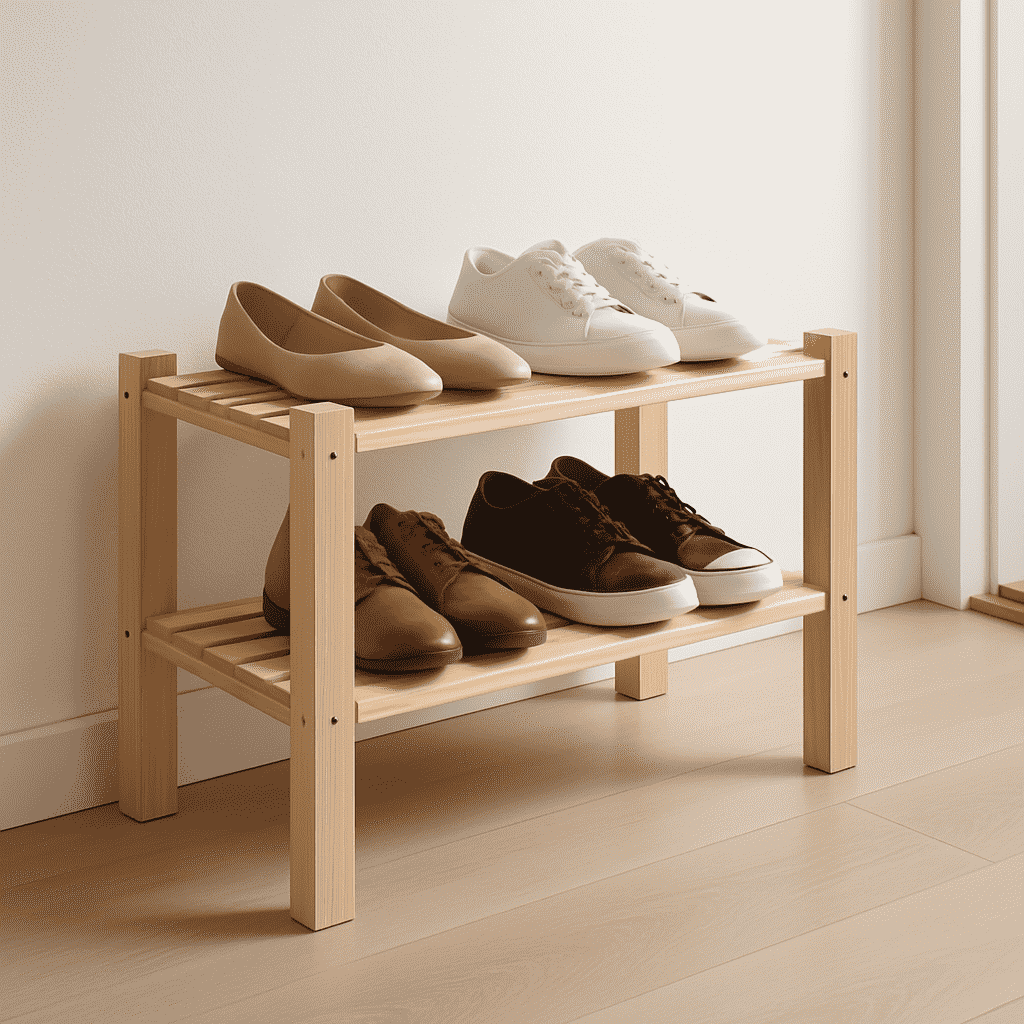Maintaining a clutter-free home isn’t about being minimalistic or obsessively organized—it’s about clarity, purpose, and daily habits that keep chaos from creeping in. In this definitive guide, we reveal the 12 essential rules to mastering a clutter-free lifestyle and transforming your living space into a sanctuary of calm and function.
1. Everything Must Have a Purpose and a Place
To cultivate a clutter-free environment, every item in your home should serve a specific purpose and have its designated spot. This principle goes beyond mere aesthetics; it fosters a sense of order and tranquility in your living space. When you understand why an item is in your home — whether it’s functional, sentimental, or decorative — you can make informed decisions about what to keep and what to let go.
Begin by evaluating each room with a critical eye. Ask yourself, “Does this serve a purpose?” If the answer is no, it might be time to part ways. Next, establish a dedicated place for everything that remains. Use labeled bins, baskets, or drawers to create a system that works for you. This not only streamlines your daily routine but also minimizes stress when searching for items. Remember, a purposeful home encourages creativity and promotes a peaceful mindset!

2. Practice the One-In, One-Out Rule
The One-In, One-Out Rule is a powerful strategy that helps maintain a clutter-free environment while encouraging mindful consumption. Essentially, for every new item you bring into your home, commit to removing one existing item. This practice not only keeps your space tidy but also prompts you to reflect on your purchases — consider whether that trendy gadget or decorative piece will truly enhance your life or just add to the chaos.
To implement this rule effectively, start by identifying categories where you tend to accumulate excess — clothing, kitchen gadgets, or books are common culprits. Create a simple checklist: before buying, ask yourself if the new item serves a purpose or sparks joy. If it doesn’t, resist the urge to buy! This approach cultivates a habit of intentionality, leading to a more curated and meaningful collection of belongings. As you declutter and simplify, you may find not only your physical space but also your mental clarity improving.

3. Schedule Clutter Audits Monthly
Conducting monthly clutter audits is an essential practice for maintaining a tidy home. This simple yet effective strategy allows you to assess your belongings regularly, ensuring that nothing unnecessary lingers in your space. By setting aside just an hour each month, you can identify items that no longer serve you or spark joy. Think of it as a mini spring cleaning session — one that keeps your environment fresh and functional throughout the year!
To make these audits more effective, consider creating a checklist tailored to each room. This will help streamline the process and ensure you cover all areas, from the kitchen pantry to your closet. As you go through your belongings, ask yourself questions like, “Have I used this in the last six months?” or “Does this bring me happiness?” By employing a systematic approach, you’ll not only declutter but also gain insights into your consumption habits, fostering a more intentional lifestyle. Plus, this ongoing commitment reduces the overwhelming task of decluttering into manageable bites, keeping your home serene and organized.
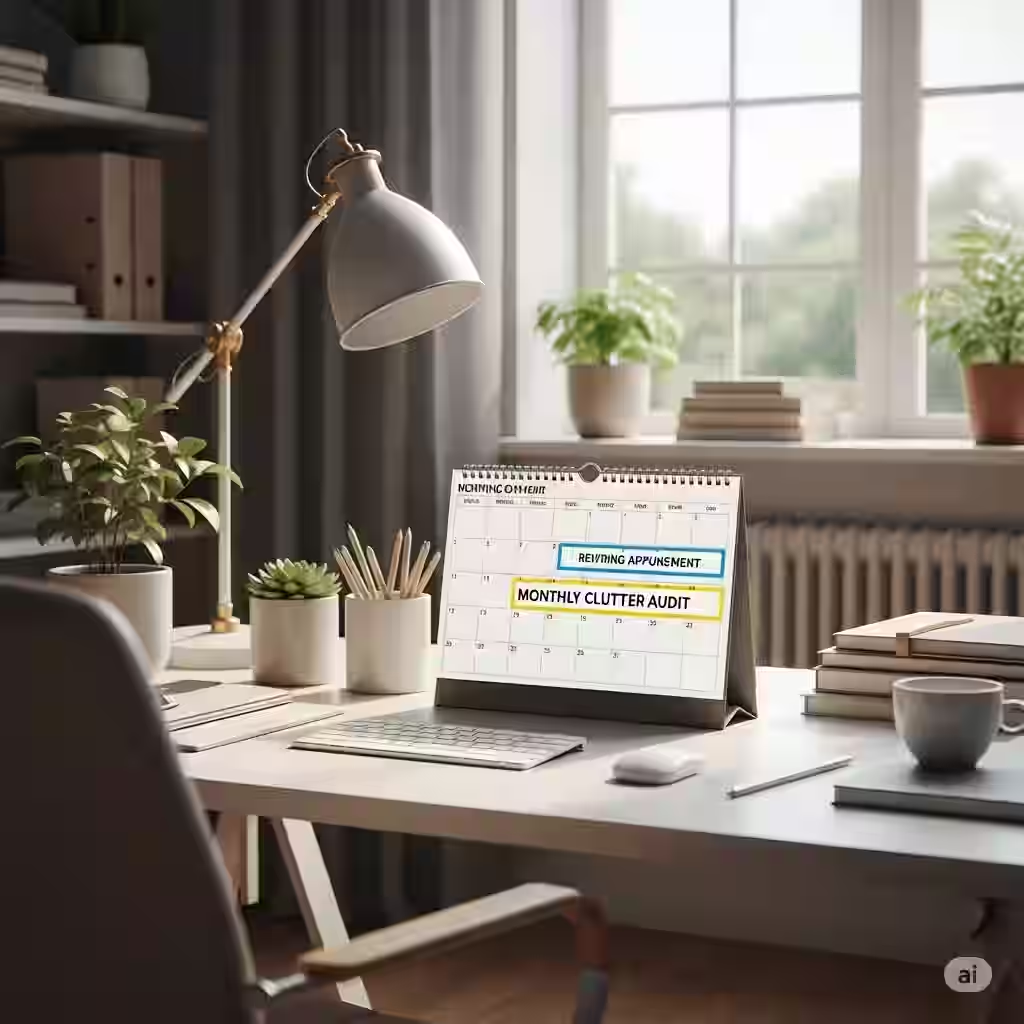
4. Declutter by Zone, Not Room
When tackling clutter, consider breaking your home into zones rather than focusing on entire rooms. This approach allows you to concentrate on specific areas, making the decluttering process less overwhelming and more manageable. For instance, within your kitchen, you can designate zones for cooking utensils, pantry items, and cleaning supplies. By doing so, you can address each area with intention, ensuring that everything has its place without getting lost in the chaos of the whole room.
To effectively declutter by zone, start by identifying high-traffic or frequently used areas that accumulate clutter. Make a checklist of items that belong in each zone and those that need to be discarded or donated. As you work through each zone, you’ll not only create a more organized space but also gain a sense of accomplishment with every small victory. This method encourages you to be mindful of what you keep and fosters a habit of regular maintenance, paving the way for a consistently tidy home.
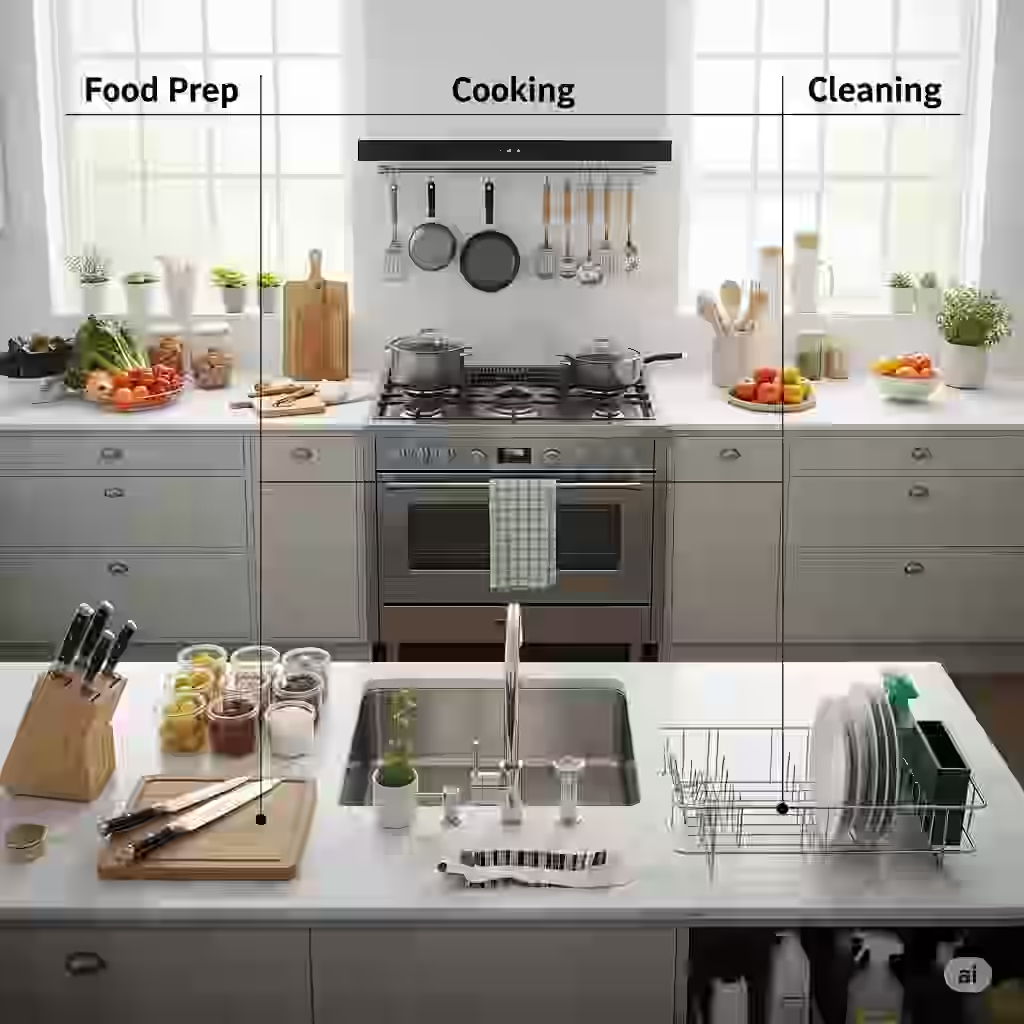
5. Never Leave a Room Empty-Handed
Adopting the mantra of “never leaving a room empty-handed” can transform your home from cluttered chaos to serene sanctuary. This simple yet effective habit encourages you to take action every time you move from one space to another. Whether it’s carrying a few stray items to their designated spots or gathering things that need to be put away, you’ll be amazed at how quickly these small efforts accumulate into a tidy environment.
To implement this rule, consider creating a designated basket or box for items that often end up out of place. As you navigate through your home, fill it with miscellaneous items that need attention. Once it’s full, make a point to return it to the appropriate rooms. This not only keeps clutter in check but also provides a sense of accomplishment as you actively engage in maintaining your space. By incorporating this practice into your daily routine, you’ll find that tidying up becomes less of a chore and more of an ongoing lifestyle choice.

6. Declutter Visibly First, Then Hidden Spaces
When embarking on your decluttering journey, it’s essential to tackle visible areas before diving into the hidden spaces.Start with high-traffic zones like your living room and kitchen, where clutter tends to accumulate and impact your daily life. By clearing out these visible areas, you create an immediate sense of order that can motivate you to continue the process throughout your home. Consider using a timer: set it for 20 minutes and see how much you can declutter in that time!
Once the prominent spaces are transformed, shift your focus to hidden nooks such as closets, attics, or under the bed. These areas often harbor forgotten items that contribute to overall chaos. Approach them with a methodical strategy: categorize items into keep, donate, and discard piles. This not only helps streamline your belongings but also makes it easier to maintain the cleanliness you’ve achieved in the visible areas. Remember, a decluttered home is not just about what’s seen; it’s about creating a holistic environment that promotes peace and productivity throughout every corner of your living space.
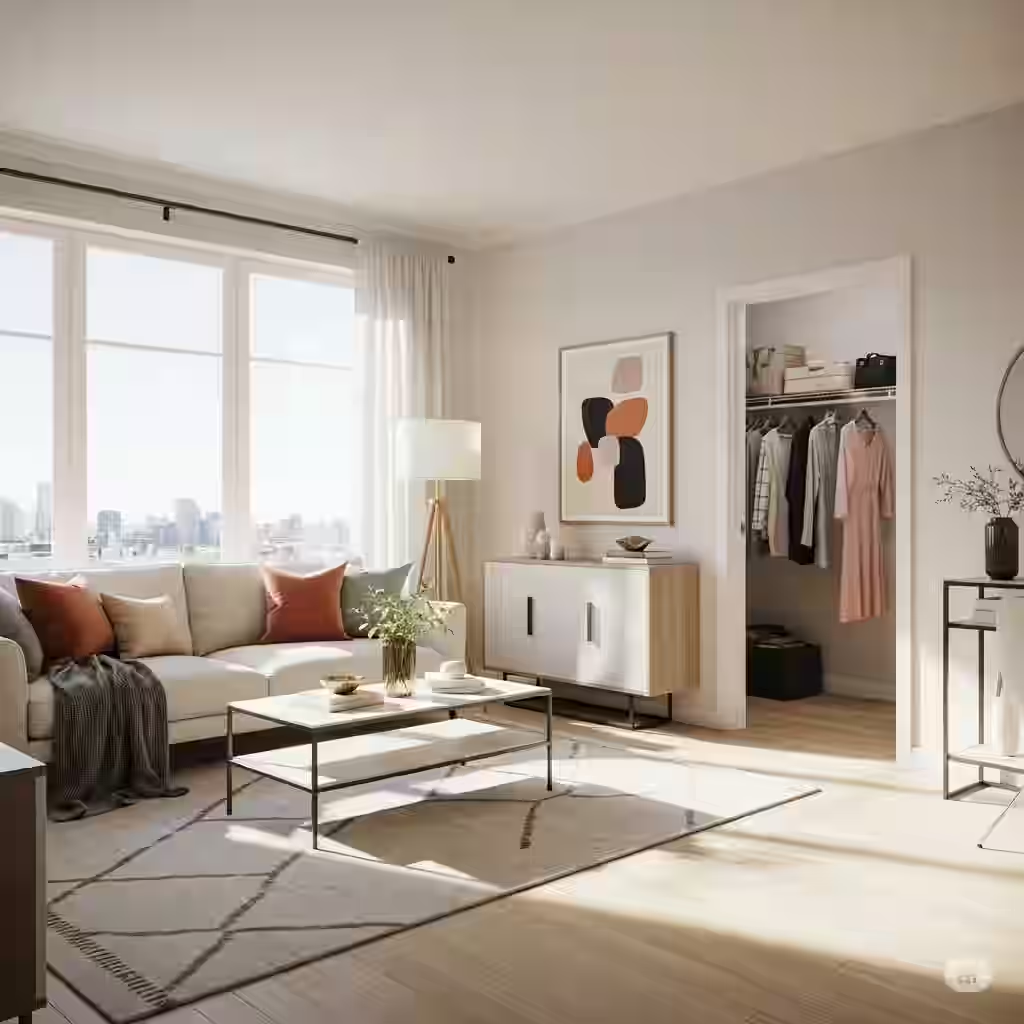
7. Adopt a Minimal Surface Policy
Embracing a minimal surface policy means consciously choosing to keep flat surfaces — like countertops, tables, and desks — free from clutter. This approach not only creates a visually appealing environment but also promotes mental clarity. By limiting the items on display, you allow your space to breathe and transform into a calming sanctuary rather than a chaotic hub.
To implement this policy effectively, start by designating specific spots for essential items. Use decorative trays or baskets to corral smaller objects, creating defined areas that enhance organization while still looking stylish. Consider adopting a “one in, one out” rule: whenever you bring a new item into your home, commit to removing another. This practice helps maintain balance and ensures that your space remains functional and inviting.
Additionally, remember that less is more when it comes to decor. Opt for a few statement pieces that truly resonate with you instead of overwhelming your surfaces with countless knick-knacks. By curating your surroundings thoughtfully, you’ll not only enjoy a clutter-free home but also foster an atmosphere that inspires creativity and relaxation.
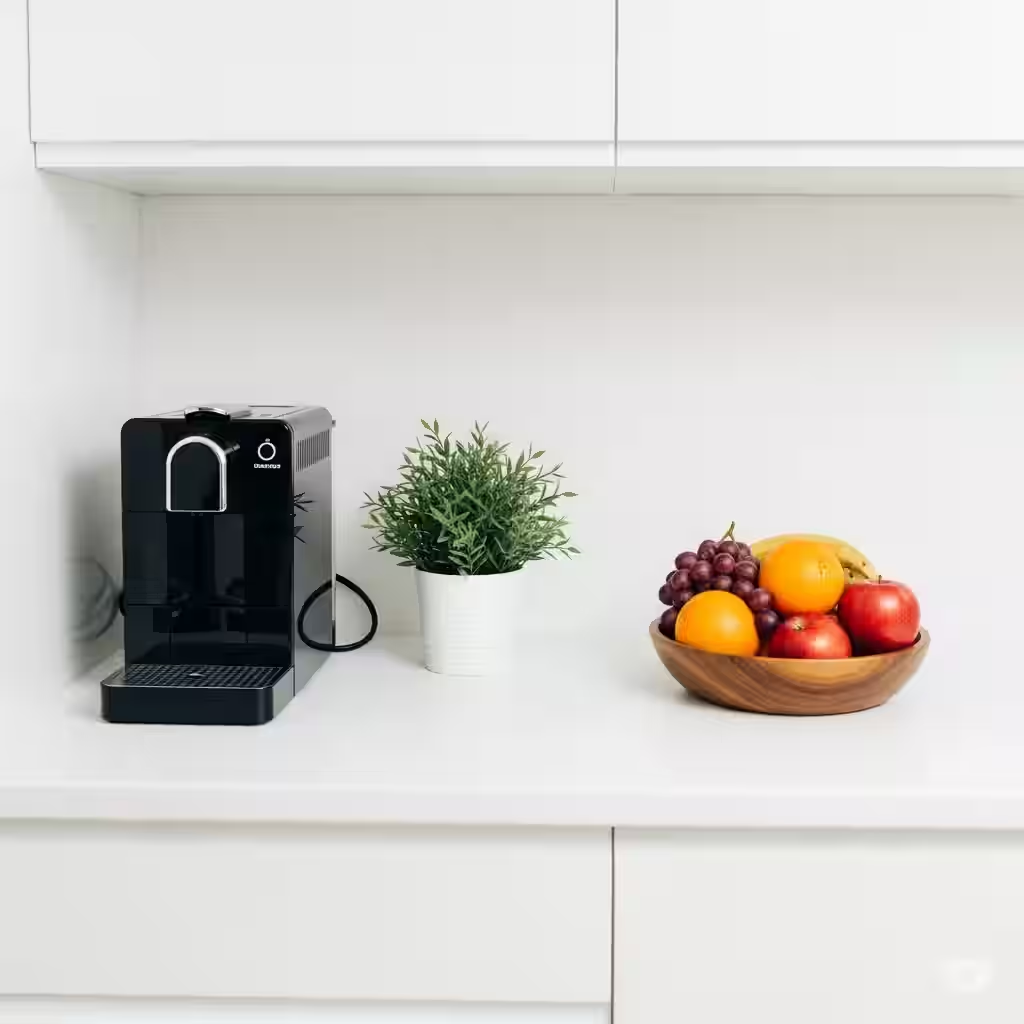
8. Create a ‘Clutter-Free Entryway’ Routine
To establish a clutter-free entryway, consistency is key. Start your day with a quick five-minute tidy-up routine that involves checking for stray shoes, bags, and items that don’t belong. Create designated spots for each family member’s belongings — like hooks for bags and baskets for shoes. This not only streamlines your space but also encourages everyone to participate in keeping the entryway organized.
Incorporate a weekly refresh into your schedule. Every Sunday, take a moment to reassess the entryway. Remove any items that have accumulated over the week, clean surfaces, and donate or discard anything that no longer serves a purpose. Consider adding a small plant or decorative piece to elevate the aesthetic while reminding you to maintain order. A clutter-free entryway sets the tone for your entire home and creates a welcoming atmosphere for both residents and guests alike!
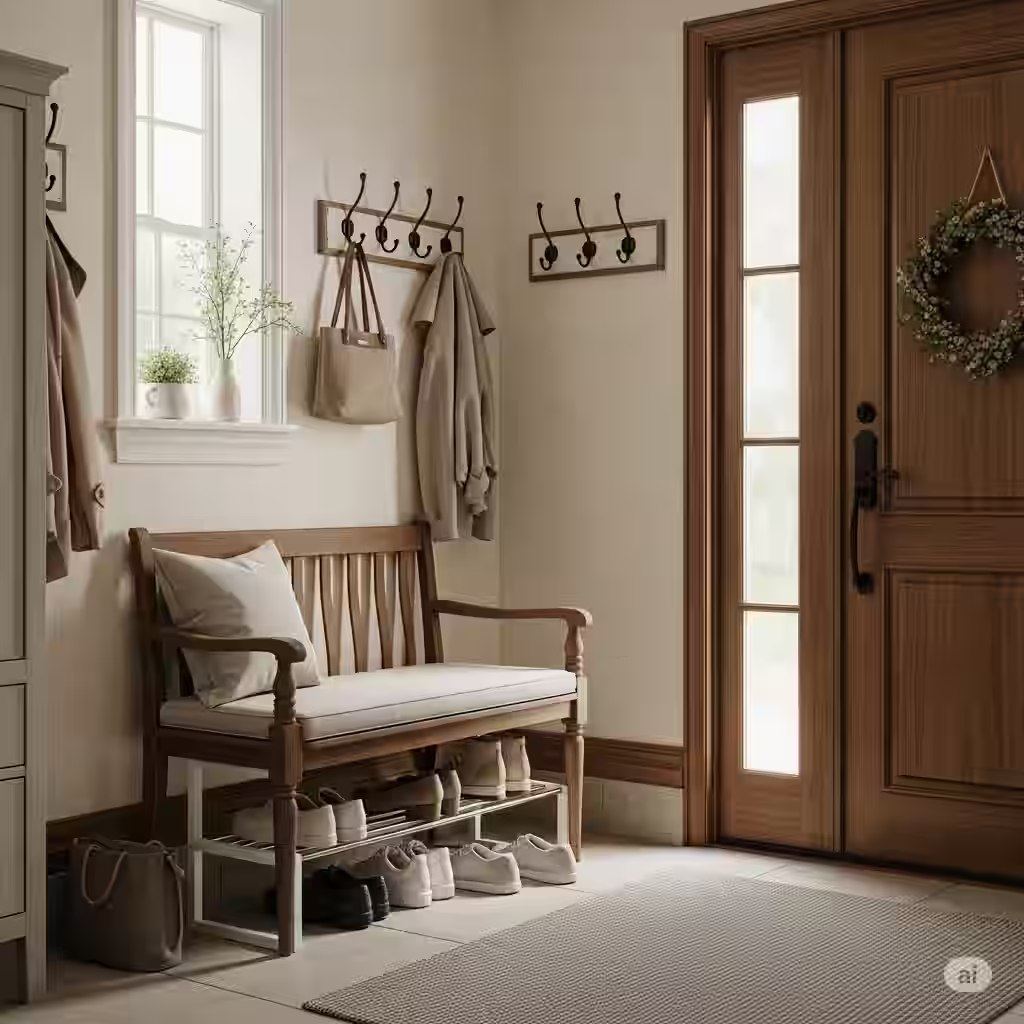
9. Digitize Whenever Possible
One of the most effective ways to reduce clutter is by digitizing your documents, photos, and even recipes. Consider scanning important papers and storing them securely in the cloud, freeing up precious physical space while ensuring that you have easy access whenever you need them. Apps like Evernote or Google Drive allow you to organize your digital files with tags and folders, making retrieval a breeze.
Moreover, think about moving your books to e-readers or audiobooks. Not only does this minimize shelf space, but it also allows for instant access to a vast library at your fingertips. Embrace digital tools for managing bills and finances too — set up automatic payments and track expenses through apps to eliminate paper statements and receipts. By integrating these digital solutions into your life, you’ll not only declutter your home but also streamline your daily routines, giving you more time to focus on what truly matters.

10. Designate a 10-Minute Reset Time Daily
Establishing a daily 10-minute reset can transform your home into a sanctuary of calm and order. This brief yet powerful practice allows you to pause, assess, and streamline your environment. Whether it’s tidying up clutter on your kitchen counter or fluffing cushions in the living room, this focused time encourages you to tackle small tasks that prevent larger messes from accumulating.
To implement your reset effectively, choose a consistent time each day — perhaps right after dinner or before bed — when you can dedicate these precious minutes to your space. Make it a ritual: set a timer, play some upbeat music, and dive into the task with enthusiasm. You’ll be amazed at how these short bursts of effort can lead to significant changes over time. Not only does it keep your home tidy, but it also cultivates a mindset of mindfulness and intentionality in your daily life.
11. Stop Clutter Before It Enters
To maintain a clutter-free home, the first line of defense is to prevent items from entering your space in the first place. Consider implementing a “one-in, one-out” rule: for every new item you bring home, commit to removing an existing one. This not only curbs accumulation but also encourages thoughtful purchasing decisions.
Additionally, establish a designated area near your entrance for incoming items. Use baskets or bins labeled for specific categories like “mail,” “packages,” and “donations.” This small adjustment can drastically reduce the chaos that often greets you at the door. By creating a mindful transition zone, you ensure that only what truly matters finds its way into your living spaces, setting the tone for a more organized lifestyle.
Lastly, embrace a proactive approach by assessing your needs regularly. Before shopping, ask yourself if the item aligns with your values and lifestyle. This conscious decision-making process empowers you to curate your possessions intentionally, ultimately leading to a more serene and clutter-free environment.
12. Be Ruthlessly Honest With Sentimental Items
When it comes to sentimental items, the emotional weight they carry can often cloud our judgment. To tackle this challenge effectively, ask yourself a few key questions: Does this item spark joy? Does it truly represent a cherished memory, or is it merely a reminder of the past? By being ruthlessly honest, you can differentiate between meaningful treasures and clutter that merely takes up space.
Consider creating a “memory box” where you can keep only the most significant items, limiting yourself to a specific size. This way, you not only celebrate your memories but also create a tangible collection that doesn’t overwhelm your space. Additionally, take photos of items you’re ready to let go of; this allows you to preserve the memory without keeping the physical object. Remember, it’s not about the quantity of items you hold onto but the quality of the memories they represent.
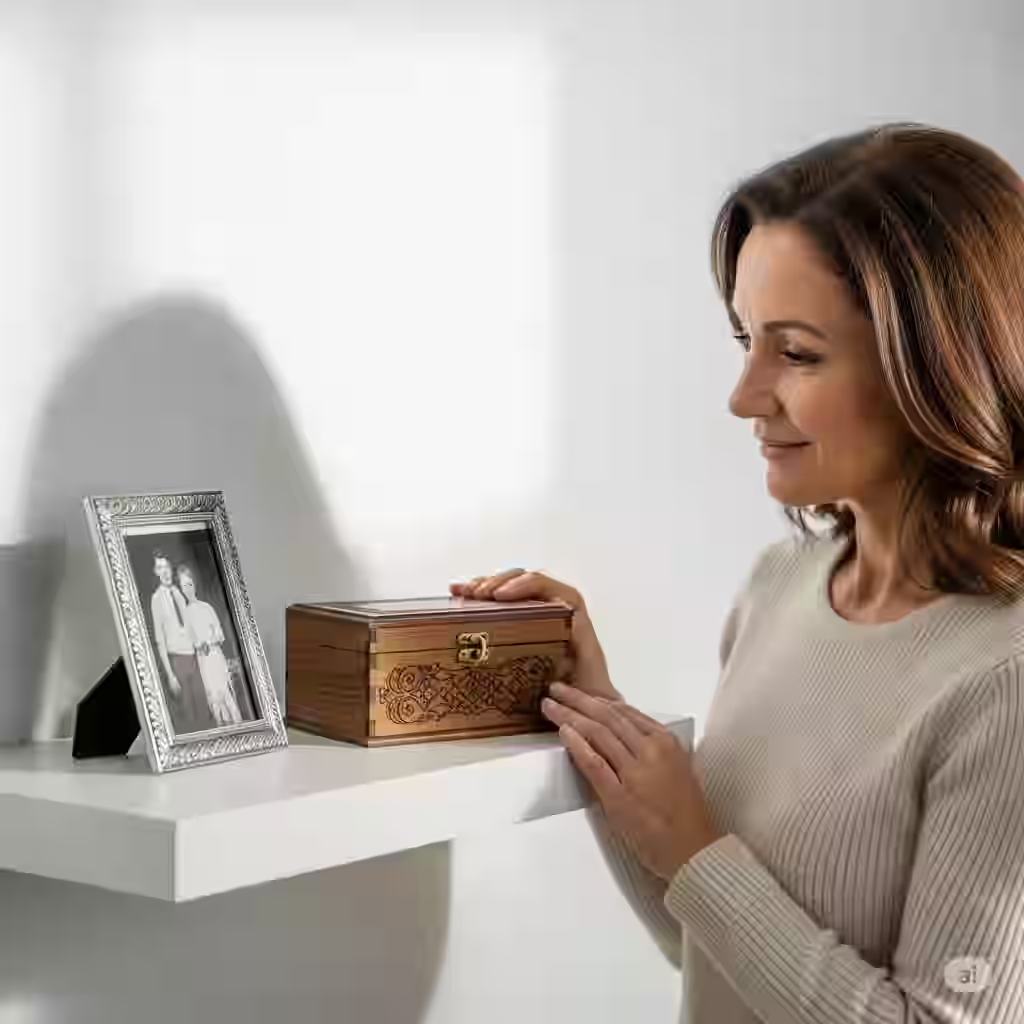
Conclusion
A clutter-free life is built on structure, not stress. With these 12 battle-tested rules, your home transforms into a clear, clean, and functional space where everything has meaning. Don’t let clutter dictate your environment—take control, one item at a time.





